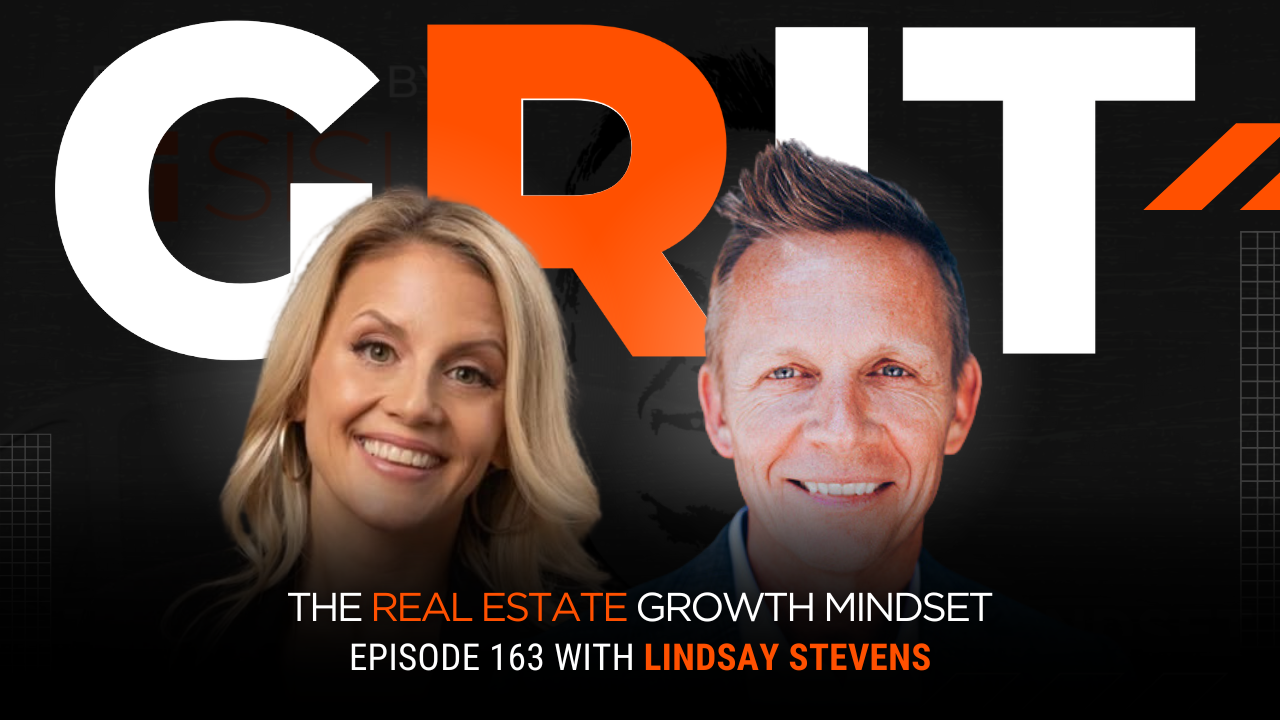There are two ways to increase the top line revenue of your real estate business: expand (add more agents) or optimize (increase output per agent).
If you’re only focused on recruiting, you’re giving away half of the business that you could have gained through training your agents and holding them accountable.
As an agent, you have your own personal business. You move clients through your pipeline from leads to clients to closed deals. Your skill in converting clients from one stage of the journey to the next is measured by conversion ratios.
When you can measure these conversion ratios, you can measure how efficient your business is.
At Sisu, conversion ratios are what we’re all about. Here are four to focus on.
- Contacts to First-Time Appointments
- First-Time Appointments to Signed Clients
- Signed Clients to Clients Under Contract
- Clients Under Contract to Closed
It Matters if You’re Not Tracking
We can talk about conversion ratios all you want, but it’s pointless if your team isn’t tracking them. Tracking performance is fundamental to improving performance.
Here’s how we do it in Sisu:
Our agents track all of their metrics on the go, using a mobile app. Transaction Coordinators can correct any data that may be a little off. They all roll up in a dashboard that looks like this (see image below). Every dashboard tells a story. Understanding the story helps team leaders coach and individuals perform.
Each circle has two numbers: month to date performance on top, and monthly goals on bottom. The gray circle on the outside is a pacer. It shows where they should be for how much time has elapsed in the month. The inner circles indicate their progress towards their goals, from cold to hot—blue means you’re behind pace, yellow on pace, and orange means you’ve reached your goal.
Let’s break down this agent’s performance.
Contacting Real Estate Leads and Creating First Time Appointments
At 600 contacts, this agent isn’t afraid of the phone. They’re converting pretty well, too—approximately 50 calls to set an appointment, which is a 2% conversion ratio (pretty standard when circle prospecting or calling on expired listings).
They’re setting more buyer appointments than listing appointments, which could mean one or two things: either they’re contacting more buyers or they have a better approach with buyers. Discuss with them in coaching to find which it is.
First Time Appointments to Signed Clients
Here’s where it gets interesting. The agent has a 43% closing rate with buyers and a spectacular 80% rate with sellers. We’ve got three questions here:
1: What are they doing to sign so many sellers?
2: With those kinds of results with sellers, why aren’t they focussing on filling their pipeline with more of them?
3: What’s their approach with buyers? Is it worth improving, or should they just focus on sellers?
Signed Clients to Clients Under Contract
The story continues with their ratios for signed clients > clients under contract.
See how they’re converting well with sellers and not with buyers?
There are two ways you can take this agent’s business. Either they need to work on the buyer side, or focus on the seller side. This may be an opportunity for a power agent to get a showing assistant who will put some focus there.
When team leaders have access to this data, they can help agents make these key transitions.
Clients Under Contract to Closed
Looking at the end of the pipeline, the agent was able to close two listings and one buyer.
Even with the one closed buyer, the story is still pretty strong at this point.
If this were our agent, we would focus on their strengths and turn them into a listing agent. We’d know they prospect regularly and have a solid listing presentation so we’d feed them our best listing leads, and watch them convert over and over again.
Of course, another approach could be to work on their conversion methods for buyers.
The bottom line is this: When agents and team leaders have this kind of data, they understand their business and are empowered to optimize it. Selling is a numbers game and this takes out all the emotion. Managing in this fashion turns managers into great leaders.
Stop Using Spreadsheets to Track Data
Some tracking is better than no tracking, but getting these kinds of insights from a spreadsheet is difficult. They’re clunky, unattractive, and not particularly user-friendly.
Imagine how many more sales each agent will get each month if they track regularly against their goals. We are noticing a big difference in the production of an agent who tracks daily compared to the agent who puts everything in once a week before a sales meeting.
The first is adaptable. He/she can adjust their business daily to make sure they are tracking towards their goals. The second only looks at their data once a week and is therefore limited to just four adjustments each month.
Either way, creating an environment where their data is valued is a great first step. From there, help them measure their progress towards their goals and against their peers using our leaderboards. This is a must for your agents to successfully compete in the new real estate environment.
Sisu pays for itself with a single closed transaction.
Reach out for a demo or free trial










.png)